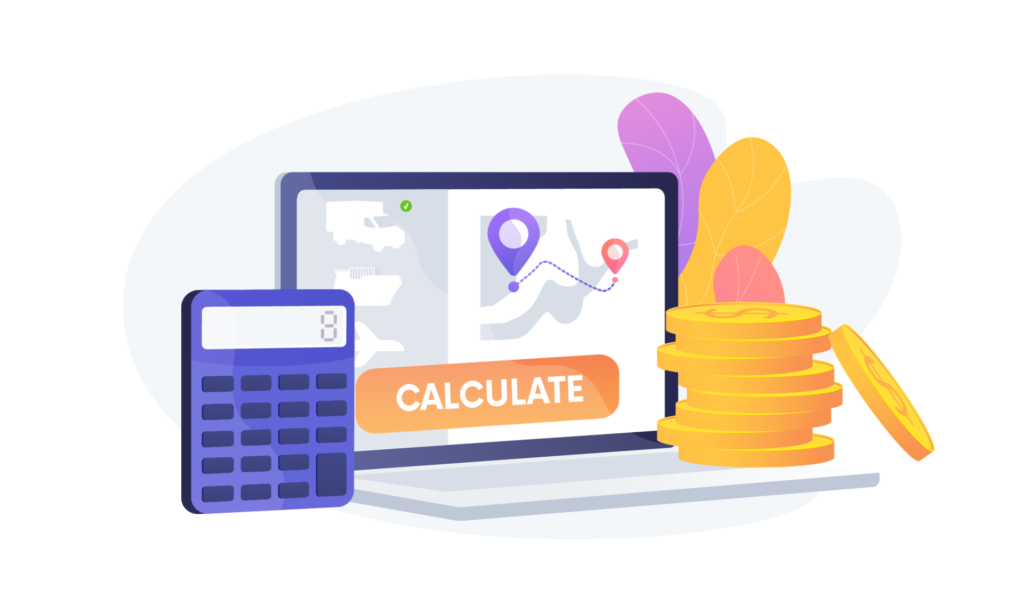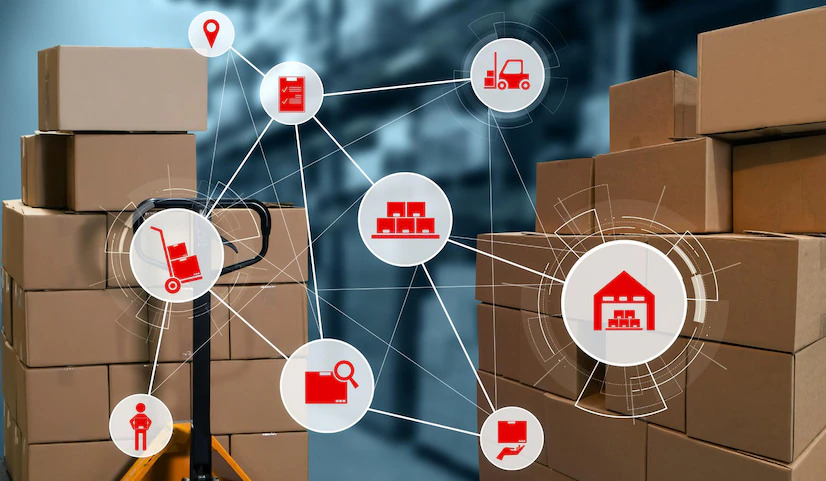Estonian businesses and consumers are increasingly turning to China for a vast selection of goods at competitive prices. However, navigating the intricacies of international shipping from China to Estonia can seem daunting. This comprehensive guide empowers you with the knowledge to make informed decisions, ensuring a smooth and cost-effective shipping experience.
shipping from China to Estonia
Why Consider Shipping from China to Estonia?

Flourishing Trade Landscape: China boasts a robust manufacturing sector, offering a vast array of products at competitive rates. Estonia’s open and business-friendly environment makes it an ideal destination for these goods.
Cost-Effective Options: Sea freight and air freight present cost-effective solutions for bulk and time-sensitive shipments, respectively. Additionally, Estonia’s strategic location within the European Union simplifies customs clearance and further distribution.
E-commerce Boom: The burgeoning Estonian e-commerce market thrives on efficient and affordable international shipping. By leveraging China’s manufacturing prowess, Estonian businesses can cater to their customers’ demands with a wider product range.
Understanding the Shipping Process
Preparation:
- Sourcing: Establish a reliable supplier in China. Research their reputation, product quality, and export experience.
- Product Classification: Identify the Harmonized System (HS) code for your goods, which is crucial for customs clearance.
- Documentation: Prepare a commercial invoice detailing product descriptions, quantities, and values. Pack a packing list outlining the shipment’s contents.
Booking and Logistics:
- Choose a Freight Forwarder: Partner with a reputable freight forwarder specializing in China-Estonia routes. They can handle customs clearance, documentation, and liaise with carriers on your behalf.
- Select a Shipping Method: Opt for sea freight for cost-effective bulk shipments or air freight for faster delivery of time-sensitive goods. Consider factors like transit times, costs, and cargo type when making your decision.
- Customs Clearance: Ensure all necessary documentation is accurate and complete to expedite customs clearance in Estonia.
Delivery and Post-Shipment:
- Tracking: Utilize the freight forwarder’ tracking system to monitor your shipment’s progress in real-time.
- Delivery: The chosen carrier will deliver the shipment to the designated address in Estonia.
- Import Duties and Taxes: Be prepared to pay any applicable import duties and taxes levied by Estonian customs authorities.
Choosing the Right Shipping Method

- Ideal for: Large quantities of non-perishable goods, cost-effective for bulky items.
- Considerations: Longer transit times (4-8 weeks) compared to air freight.
- Ideal for: Time-sensitive shipments, perishable goods, or high-value cargo.
- Considerations: Higher costs compared to sea freight.
Express Mail:
- Ideal for: Urgent documents or small packages requiring the fastest delivery.
- Considerations: Highest costs per kilogram compared to other methods.
Factors to Consider When Choosing a Method:
- Delivery Time: How quickly do your goods need to arrive in Estonia?
- Cost: Evaluate your budget and weigh the cost-effectiveness of each option.
- Cargo Type: Consider the size, weight, and perishability of your goods.
- Customs Regulations: Certain goods may have restrictions or require specific documentation for air freight.
Customs Regulations and Documentation
Required Documents:
- Commercial Invoice: A detailed document outlining the product description, quantity, value, and HS code.
- Packing List: An itemized list specifying the contents of each package within the shipment.
- Bill of Lading (Sea Freight) or Air Waybill (Air Freight): Issued by the carrier, it serves as a contract of carriage for your shipment.
- Certificate of Origin: May be required for certain goods, depending on the trade agreement between China and Estonia.
- Additional Permits or Licenses: Specific products (e.g., food items, electronics) may require additional permits from Estonian authorities.
Partnering with a freight forwarder experienced in China-Estonia trade ensures you have the necessary documentation and comply with Estonian customs regulations.
Calculating Shipping Costs

Obtaining accurate shipping cost estimates is crucial for budgeting and pricing your goods effectively. Here’s a breakdown of the main cost components:
- Origin Charges: Inland transportation costs within China to get your goods to the port or airport.
- Ocean Freight or Air Freight Charges: The cost of transporting your shipment by sea or air. This is usually quoted per cubic meter or kilogram.
- Destination Charges: Costs incurred at the Estonian port or airport, including terminal handling and customs clearance fees.
Tips for Packaging and Labeling
- Use Sturdy Packaging: Select robust cardboard boxes or wooden crates appropriate for the weight and fragility of your goods. Palletize heavier shipments for secure handling during transport.
- Proper Packing: Secure your goods within the packaging to prevent movement and damage during transit. Utilize cushioning materials like bubble wrap, packing peanuts, or void fill to absorb shocks.
- Clear Labeling: Adhere clear and accurate labels to each outer box. Include the consignee (receiver) and consignor (sender) information, including complete addresses and contact details.
- Marking and Numbering: Clearly mark each package with its corresponding number on the packing list for easy identification and customs clearance.
- Fragile or Perishable Goods: For fragile items, prominently mark all boxes as “Fragile” with appropriate handling instructions. Perishable goods should have labels indicating their contents and any specific temperature requirements.
Managing Logistics and Tracking Shipments

Freight Forwarder Selection: A reliable freight forwarder streamlines the logistics process. They can handle customs clearance procedures, documentation preparation, cargo insurance, and liaise with carriers on your behalf.
Communication is Key: Maintain clear communication with your supplier, freight forwarder, and any relevant parties throughout the shipping process.
Real-Time Tracking: Utilize the freight forwarder’s tracking system to monitor your shipment’s progress in real-time. This allows you to anticipate arrival dates and proactively address any potential issues.
Dealing with Customs Delays and Import Duties
Customs Clearance: While most shipments proceed smoothly, occasional delays can occur at Estonian customs. Ensure all documentation is accurate and complete to avoid holdups.
Import Duties and Taxes: Be prepared to pay any applicable import duties and taxes levied by Estonian customs authorities. These vary depending on the product category and value. Your freight forwarder can advise you on estimating these costs and navigate the customs clearance process.
Contingency Planning: Factor in potential customs delays when planning your delivery timelines. Unexpected delays can disrupt your business operations; having a buffer mitigates these risks.




